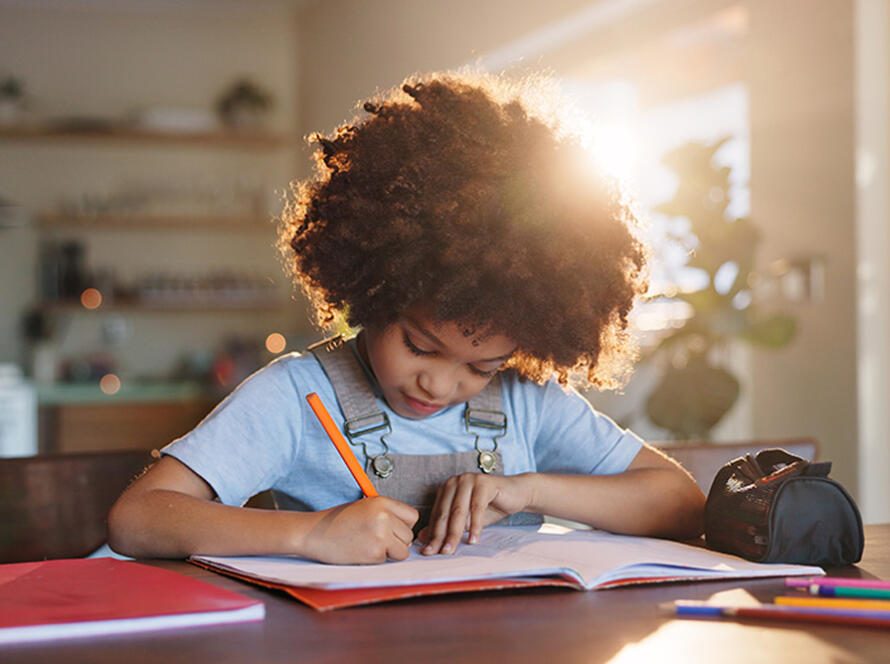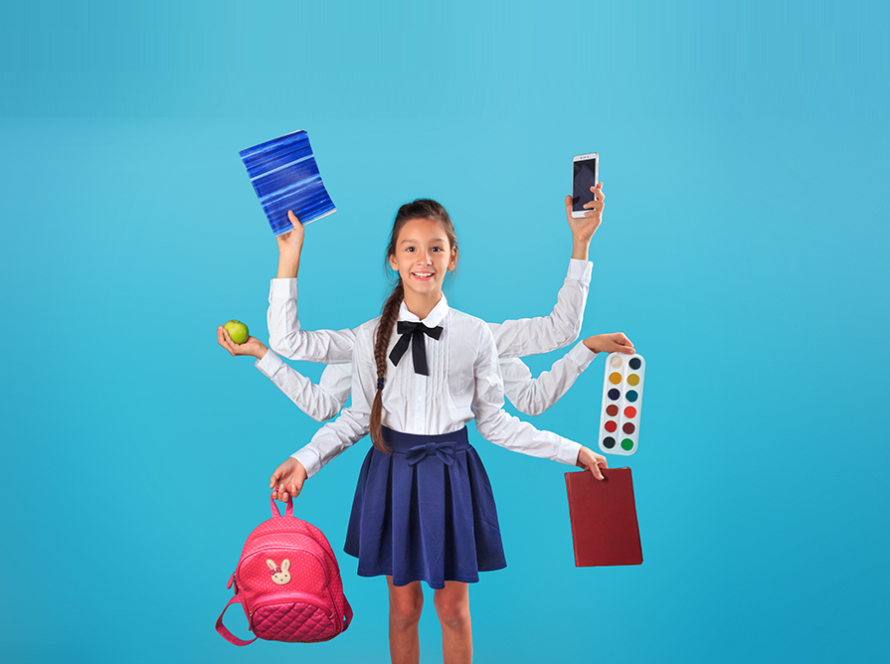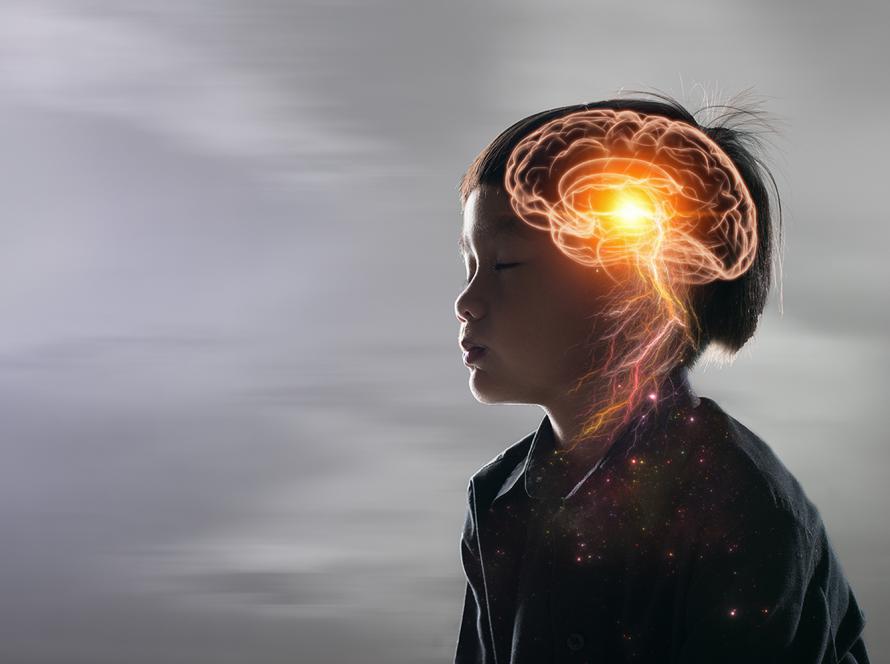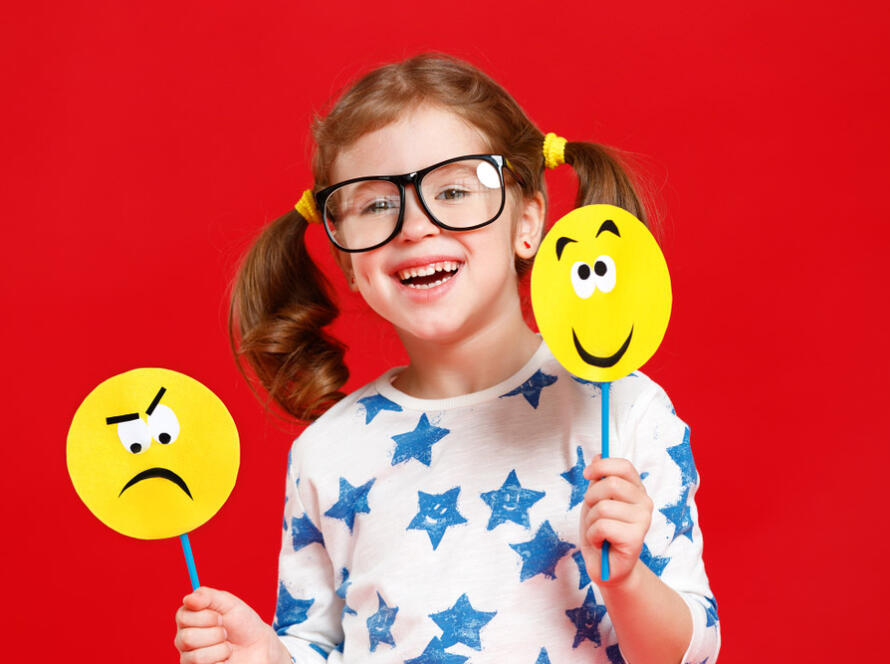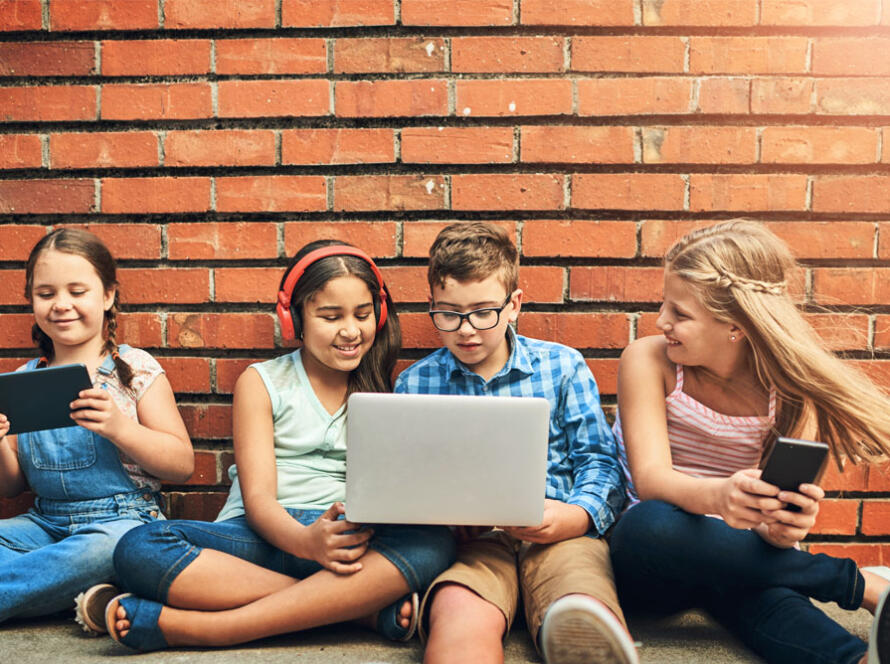In the world of education, we often talk about methods, curricula, and textbooks. But have you ever considered the importance of the body in learning? For children, learning doesn’t happen through words or images alone, it also happens through sensations. Tasting, touching, listening, seeing, smelling… Sensory learning plays a fundamental role in cognitive, emotional, and social development.
Let’s explore together how to stimulate these senses positively, and how to recognize situations where adjustments are needed.
Why Sensory Learning Is Essential
A Natural Foundation for Exploring the World
From birth, children discover the world around them through their senses. Even before they can speak or read, they perceive sounds, shapes, textures, tastes, and smells. Every sensory experience helps them make connections, build their understanding of the world, and develop memory.
The Link Between Sensory Stimulation and Memory: The Basics of Sensory Learning
The more multisensory an experience is, the more memorable it becomes. That’s why sensory learning is so powerful. By associating a concept with a sound, an image, or a touch, children create solid and lasting anchors in their brain.
Taste: An Unexpected Ally for Better Learning
Taste isn’t usually the first sense that comes to mind in education. And yet, some foods can truly stimulate the brain.
Foods That Boost Concentration and Enhance Sensory Learning
Nuts, berries, dark chocolate, fish, and even avocado are excellent for memory and focus. Incorporating these foods into snacks or school meals can support learning and mental energy in children.
Creating a Pleasant Learning Environment
A simple minted candy or a piece of fruit can also serve as a sensory break to restore focus or to associate a pleasant memory with studying.
Hearing: The Power of Music and Rhythm
A Melody Is Worth a Thousand Words in Sensory Learning
Some songs stay with us forever. That’s because music engages rhythm, melody, and emotion. When music is integrated into learning, it helps anchor knowledge in a gentle, natural way. Take, for example, the alphabet song: a classic tune that has guided generations in learning the language.
Music to Improve Focus
A calm background track, a sing-song tone, or simple rhymes can help children stay attentive longer. It soothes the nervous system, creates a sense of safety, and encourages a state of openness to learning.
At Kedemos Education, we recognize the importance that hearing has in children’s learning. That’s why we provide an online platform that includes all the audio recordings of our educational methods.
Smell: A Powerful Trigger for Memory
Scents That Speak to Our Memory
You’ve probably experienced it yourself: a particular scent instantly brings back a vivid memory. That’s because smell is directly linked to the parts of the brain that manage memory and emotion.
For children, familiar scents like cinnamon or vanilla can create positive anchors during learning experiences.
Scents That Soothe and Support Sensory Learning
Other scents like lavender or lemon have calming properties. Diffusing them in a classroom or reading corner can help anxious children feel safer and more receptive.
Sight: The Most Engaged Sense
A Strong Visual Memory: A Major Player in Sensory Learning
Many children learn by seeing. That’s why picture books, colorful diagrams, educational videos, and flashcards are especially effective tools. Sensory learning often relies heavily on what the eyes perceive.
Don’t Overlook Visual Rest
But it’s essential to remember that eyes need rest too. Overstimulation can lead to fatigue and reduce focus. Alternating learning materials, encouraging screen-free breaks, and using soft lighting can greatly enhance the effectiveness of learning.
Touch: Learning Through Hands-On Experience
A Necessity for Some Children
Some children need to touch things to stay focused. Holding an object in hand, handling learning tools, or building with their fingers helps channel their energy and hold their attention.
At Kedemos Education, we value the importance of touch in children’s learning. That’s why we offer schools puzzle-posters, collective reading labels, and picture boards related to our storybooks. These tools encourage children to participate actively in the learning process and to describe aloud what they are doing, while having fun.
Learning by Doing: A Key Aspect of Sensory Learning
Active learning, based on concrete experiences, stimulates natural curiosity. By touching, building, cutting, or assembling, children memorize and absorb information more effectively.
Knowing How to Balance Sensory Stimulation
Sometimes, Less Is More
While sensory learning is highly effective, too much stimulation can hinder concentration. Sometimes, it’s better to reduce distractions to promote focus. Closing one’s eyes to remember better, staying silent, or avoiding strong smells are also useful strategies.
Finding the Right Balance in Sensory Learning
The key is to know the child, observe their responses, and adapt activities based on their current sensory needs. What works one day may not work the next.
Sensory Processing Disorders: When the Senses Become a Challenge
Understanding Hyposensitive Children
Hyposensitive children perceive stimuli less intensely. They may need to touch everything to feel fully. Often, they tolerate pain well or don’t react immediately to injuries. They may seem clumsy, seek intense sensations, or move constantly.
Supporting Hypersensitive Children
Hypersensitive children, on the other hand, react strongly to noise, light, or smells. They may avoid being touched, withdraw, struggle to focus, or refuse certain activities out of fear of discomfort.
Adapting the Environment
For these children, creating a suitable sensory environment is crucial. This may include using noise-canceling headphones, sensory corners, or fidget objects… as well as offering lots of patience, empathy, and understanding.
Conclusion: A Richer, More Human Learning Experience
Sensory learning opens the door to a richer, more vibrant, and more respectful form of education. One that truly meets children where they are. As parents and teachers, you have the power to make school experiences smoother, more joyful, and more effective. Sometimes, all it takes is a scent, a melody, or a simple object to touch to make a lasting impact.
So don’t be afraid to experiment, observe, and listen. The child’s brain is like a sponge: it absorbs everything it perceives. Let’s help it grow with gentleness, creativity, and care.



